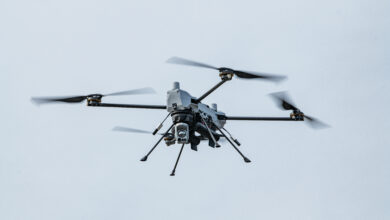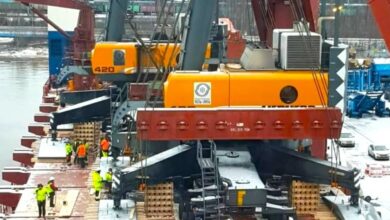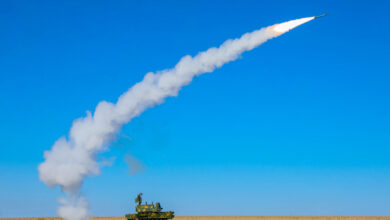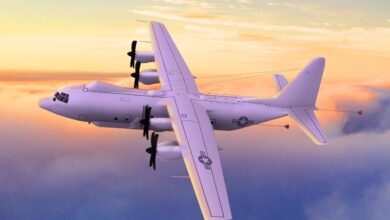Pentagon Issues ‘Subterranean Robot Challenge’
The US Defense Advanced Research Projects Agency (DARPA) kicked off the Subterranean (SubT) Challenge final this week, with participants deploying autonomous systems to navigate underground obstacles.
The culmination of the three-year challenge consisting of virtual and physical trials including tunnel, urban, and cave circuits takes place from September 21-23 at the Louisville Mega Cavern in Louisville, Kentucky.
The event has ten finalists competing in a mix of virtual and physical formats for all three circuits, employing software solutions for the simulation-based competitions and robots for the physical ones.
Final Contest
Joel Burdick, a Caltech professor and research scientist at NASA’s Jet Propulsion Laboratory (JPL), said: “The final contest will be particularly challenging, since we must use wheeled, legged, and flying robots to access all of the complex spaces that DARPA will build into the competition. I am excited to see how our very diverse robot team will perform.”
“Our participation in this exciting effort helps further one of the main goals of Caltech’s Center for Autonomous Systems & Technologies (CAST): developing robots that can help find and rescue humans in future disasters.”

Solutions for Military and Civilian Operations
Competition findings could be implemented in underground military and disaster response operations too risky for human intervention, as they involve little or no oxygen, lack of communications, rugged terrain, unstable structures, and a high level of unpredictability.
“The SubT Challenge will explore new approaches to rapidly map, navigate, search, and exploit complex underground environments, including human-made tunnel systems, urban underground, and natural cave networks,” DARPA states.

For Space Expeditions
The challenge has also attracted participants from NASA’s JPL, hoping to find useful solutions for space expeditions.
Ali Agha, a JPL roboticist and principal investigator for Team CoSTAR, said: “When it comes to NASA’s quest in searching for life beyond Earth, the NeBula autonomy and AI technologies we develop by participating in this competition can be used in the future by robots that may explore extreme and challenging locations on other worlds where signs of extinct and extant life may be found.”












